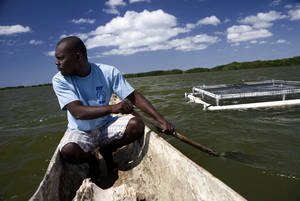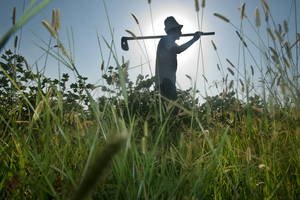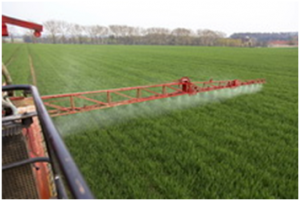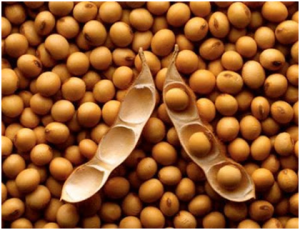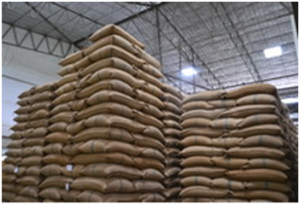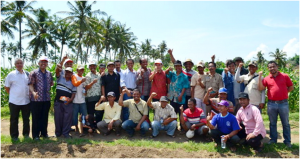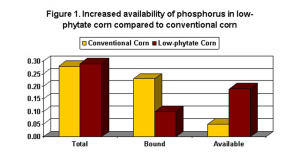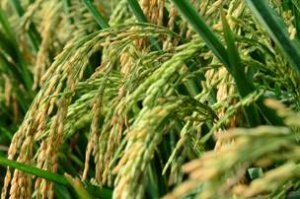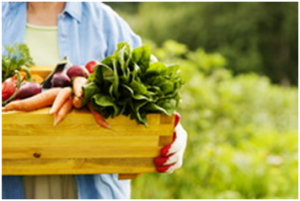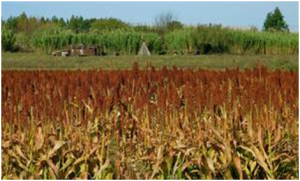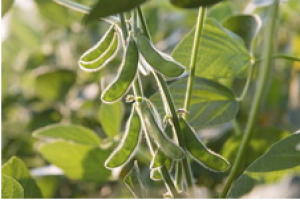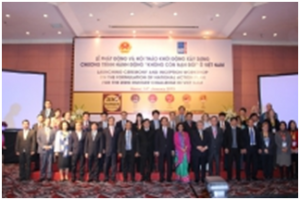|
Empowering women is key to a stronger rice sector
Tuesday, 2018/09/04 | 07:47:23
|
|
Rice Today - Le Nguyet Minh, Aug 31, 2018
New investments in rice, whether boosting production or upgrades along the value chain, will have to integrate economic and noneconomic dimensions of women’s empowerment and challenge deeply ingrained gender norms.
Shall we take rice? This is a casual question you may ask when you choose a dish in a restaurant or a cereal package from a supermarket shelf. In many parts of the world, unfortunately, millions of people do not have this luxury of choice. It is, in fact, a tough question that they wish they did not have to answer; especially if they are small-scale women and men producers and processors who depend on rice for daily food and livelihood.
The Food and Agriculture Organization of the United Nations estimates that 815 million people around the world are hungry and chronically malnourished. The majority of these people live in Asia, where rice production is in surplus and where modern technologies have been embraced in the 21st century.
Technology alone, however, will not solve the multiple sustainability challenges facing the rice sector. Although average rice consumption is declining globally, total demand continues to rise because of population growth in Asia and stronger demand in sub-Saharan Africa. It is also a time of significant transformation as the rice sector buckles under intense pressure from climate change and precarious livelihoods.
Looming challenges
Rice is the critical source of livelihood for one billion people around the world, with production dominated by rural and resource-poor households. Although these producers are responsible for the rice supply, many are living in poverty and are unable to feed their families because of increasing competition for land, water, and inputs.
Asian and African countries are investing in rice as part of their economic growth and food security strategies. Since the 2008 world food price crisis, many policies, programs, aid projects, and subsidies have been put in place to support rice intensification. More than 500 projects and programs invested in rice from 2008 to 2017 in sub-Saharan Africa alone. Although this is a step in the right direction, many of these fail to address the multi-faceted challenges to attaining sustainability.
The worst part is that these investments have not properly tackled the problems faced by women producers and processors, who play a central role in the rice sector and agriculture as a whole. Increasing participation in the market does not necessarily benefit women if broader gender inequalities are not resolved.
See more: http://ricetoday.irri.org/empowering-women-is-key-to-a-stronger-rice-sector/ |
|
|
|
[ Other News ]___________________________________________________
|


 Curently online :
Curently online :
 Total visitors :
Total visitors :
